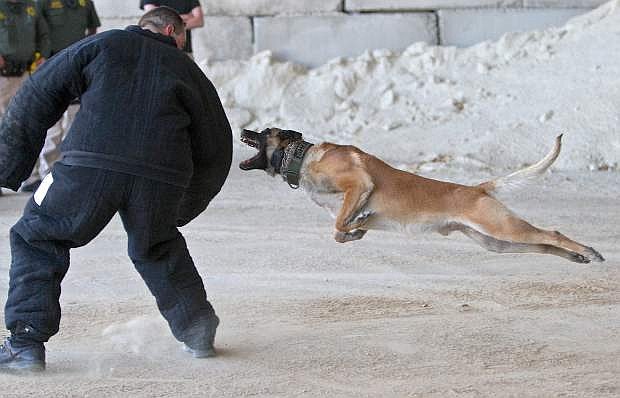Do Belgian Malinois have dew claws
Since we are such ardent fans of Belgian Malinois, learning about the nuances of their morphology is an exciting undertaking. “Do Belgian Malinois have dew claws?” is one question that frequently sparks interest. This thorough tutorial takes you on a trip to solve the riddle of Belgian Malinois dew claws, illuminating their existence, function, and maintenance. Come along as we examine the magnificent canines’ distinct anatomy.
Knowledge about Belgian Malinois Dew Claws
Understanding the Belgian Malinois’ anatomy is crucial in order to respond to the dew claw debate.
The Dew Claws’ Presence
The Belgian Malinois, like many other dog breeds, usually have dew claws from birth. On the inside of their paws, they are simple appendages that resemble thumbs.
Significance for Evolution
Dew claws are relics of once-functioning digits in extinct dogs, which makes them important from an evolutionary standpoint. They no longer have a crucial function in movement, but they nevertheless add to the paw’s general stability and balance.
Are Dew Claws on Belgian Malinois? An Extended Exam
To investigate the existence of dew claws in Belgian Malinois, one must comprehend their morphology and their purposes.
Contrasting Rear and Front Dew Claws
Both the front and back legs of Belgian Malinois usually have dew claws. The back dew claws are higher on the leg and might not touch the ground, whereas the front dew claws are more frequently observed and connected to the carpal (wrist) area.
Part in Balance and Holding
Dew claws are not as frequently utilized as the main toes, but they are nevertheless useful for stability and grip, particularly when Belgian Malinois are traversing uneven terrain or participating in activities that call for exact foot placement.
Taking Care of and Maintaining
Dew claws may be more vulnerable to injury or snagging because of their placement. To avoid pain or potential difficulties, routine inspection and pruning are advised.
Why Dew Claws Are Important for Belgian Malinois
Recognizing the importance of dew claws helps us understand how Belgian Malinois regard them.
Stability and Grip
Although they do not support weight, dew claws aid in the paw’s overall balance. In circumstances where precise movements are essential, they offer extra traction.
Adjustments to Varying Environments
Belgian Malinois required modifications to thrive in a variety of settings due to their historical history as adaptable working dogs. Their agility was enhanced by their dew claws, which also helped them navigate difficult terrain.
Maintaining Breed-Specific Features
The preservation of dew claws in Belgian Malinois is frequently dictated by breed standards. Dew claws can be removed by some owners for a variety of reasons, although many breed lovers support their preservation as a way to preserve the breed’s lineage.
FAQs: Answers to Common Questions
- Is it wise to remove my Belgian Malinois’s dew claws?
It’s a personal choice to cut off dew claws. While some owners think they should be removed, others think they should be kept in place as a characteristic of the breed. - Can Belgian Malinois become ill from dew claws?
The irritation or harm caused by dew claws can be avoided with routine inspection and pruning. They stay a pain-free and functional component of the paw with proper maintenance. - Are damage to dew claws more common?
Dew claws are more likely to be snagged or hurt because of their placement. Nonetheless, the chance of injury can be reduced with regular care and attention.
In conclusion
In summary, the inquiry “Do Belgian Malinois have dew claws?” challenges us to recognize the complexity of the anatomy of dogs. Although they are a topic of discussion, dew claws are beneficial to the general health and evolutionary history of these amazing dogs. Our relationship with Belgian Malinois is enhanced by our knowledge of and attention to dew claws, which helps to preserve their distinctive qualities.








